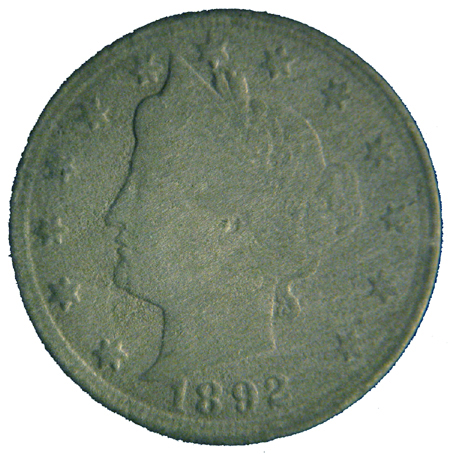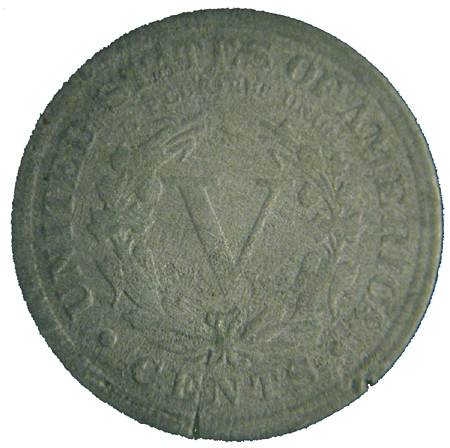PART XI. Non-Errors:
Alterations:
Acid Damage
Definition: As the name implies, an “acid damage” is a coin that has been immersed in a corrosive solution, most likely a strong acid.
The diagnostics of an acid damaged coin include:
1. A diameter smaller than normal.
2. Perfect centering of the design.
3. Uniformly mushy design on both faces.
4. Thin or absent design rim.
5. Lack of metal flow in design elements bordering the coin’s edge.
The surface may or may not show an unusual texture.
This 1958-D Lincoln cent has been altered by submerging the coin in acid. The coin weighs 1.6 g (normal weight is 3.1 g). Diameter is 18.08 mm in diameter instead of the normal 19.05 mm. Thickness is 1.6 mm. Urban legend has it that most of these Lincoln cents were shrunk in high school laboratories as part of an academic experiment. Whether this is true or not is uncertain.
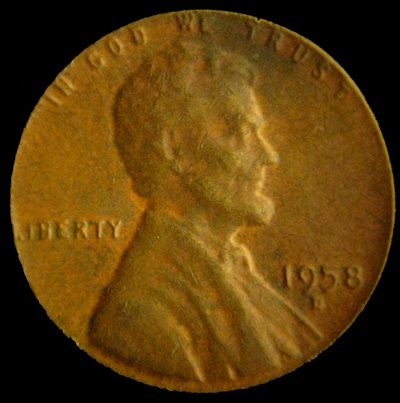
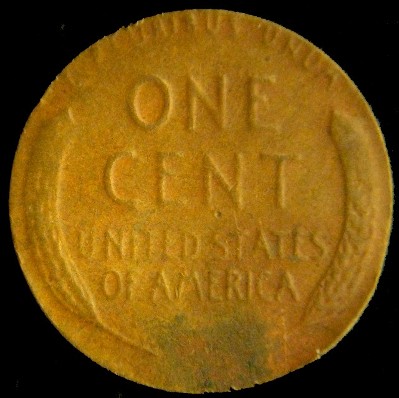
The 1965(P) Washington quarter shown below has been attacked by acid. Both faces of the coin have a granular texture and the dimensions of the coin have been reduced. The coin now weighs 4.65 g (normal is 5.67 g) and it has a diameter of 22.79 mm (normal is 24.25 mm).
This coin is courtesy of Robert Russell.
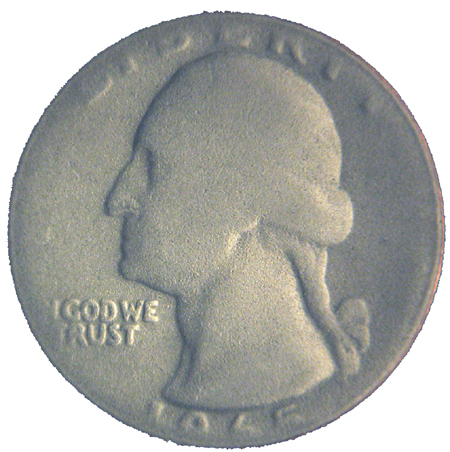
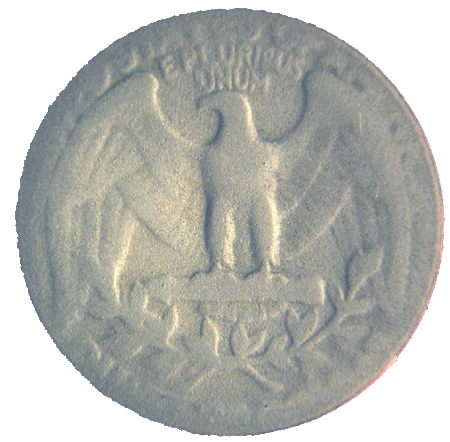
The 1914-D Type II Indian head or Buffalo nickel shown below has been subjected to an acid treatment called “nick-a-date”. The acid reveals the dates on otherwise dateless nickels. The acid in this treatment has also altered the coin’ weight from 5 g to 4.49 g. Acid enhancement is frowned upon by collectors, who would view this semi-key coin as nothing more than a worthless, damaged nickel.
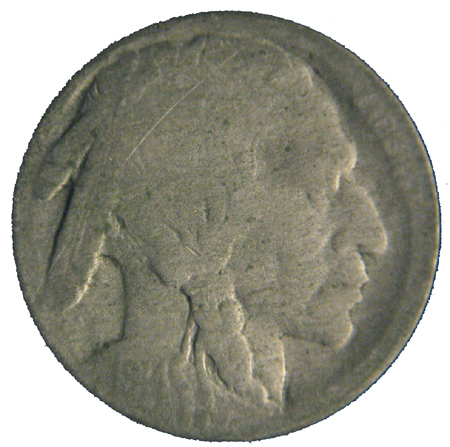
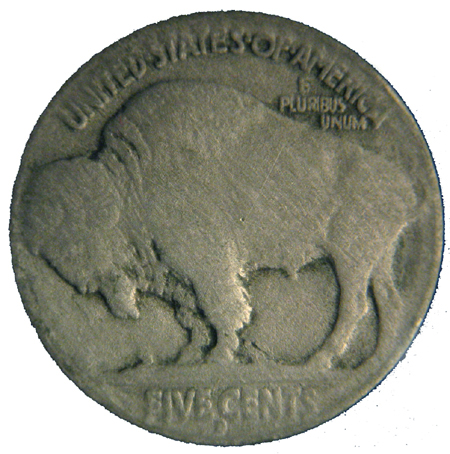
The 1892 Liberty nickel shown below has been altered by an acid treatment. The surfaces of the coin are very grainy and the overall weight has been reduced from 5 g to 4.44 g.
